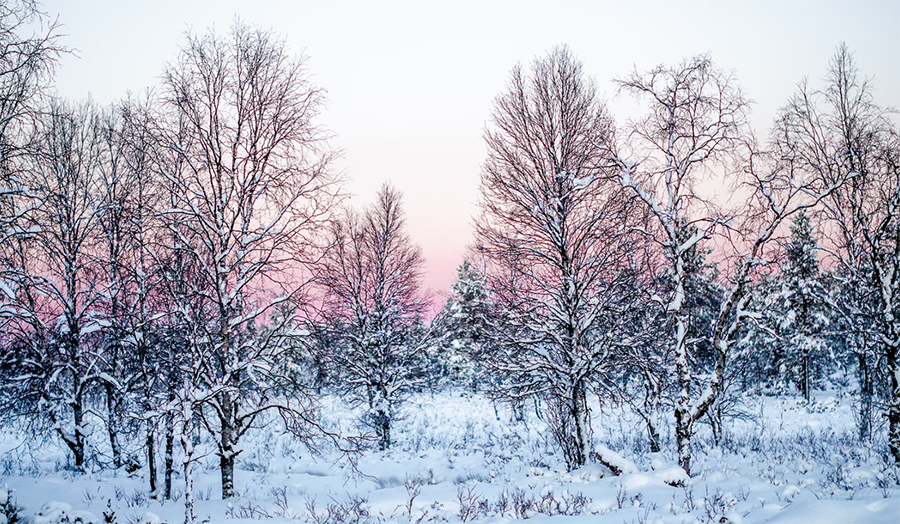How Winter & Cold Weather Affects Your Stucco Finishes
 As a leading stucco contractor throughout Baltimore, Maryland, northern VA, Washington, DC, and south central PA, we are frequently asked about stucco siding’s resilience in the winter. We have good news, not so good news, and great news.
As a leading stucco contractor throughout Baltimore, Maryland, northern VA, Washington, DC, and south central PA, we are frequently asked about stucco siding’s resilience in the winter. We have good news, not so good news, and great news.
The Good News About Your Stucco in Cold Weather
You already know that stucco is an incredibly durable material for your home’s exterior finish. The reason it is such a popular choice throughout the US is because it fares quite well in both hot and cold weather, especially in dry climates. Stucco is unaffected by wind, unlike some vinyl siding choices.
While temperature shifts can cause stucco to shrink and swell, this popular choice holds its own against metal and wood finish materials. A popular stucco option is Exterior Insulation and Finish Systems (EIFS), a procedure that mimics stucco while providing a moisture barrier when properly installed. In fact, due to its multilayered application process, not only can EIFS provide protection from the elements, it can help lower your heating costs, too.
Not So Good News During the Winter Months
If stucco has one vulnerability, it’s that moisture is its kryptonite. Snow, ice, and freezing rain can be absorbed by the stucco, potentially resulting in bulging and swelling. If it separates from the structure, it creates the perfect condition for trapping moisture. This moisture can swell and freeze, causing additional damage to your finish. Stucco is susceptible to cracking, and what looks like a small problem now may grow into a larger one down the road.
Because stucco is porous, a few minor cracks are perfectly normal. Unfortunately, it can contract and widen those cracks or gaps in frigid temperatures, especially if accumulating snow is an issue.
Meanwhile, just under the surface of cracked and damaged stucco, trapped moisture can result in mold and mildew. This can eventually increase the damage in the spring, when the temperature warms up and the stucco shrinks.
These conditions occur largely in climates that experience a frequent freeze-thaw cycle or lots of extreme snow and icing events. Fortunately, Maryland is usually not one of these climates.
The Great News About Stucco This Winter
While stucco is a porous material, a reputable contractor will make sure it is applied with a base layer, designed to be a moisture barrier. This protects your home’s structure from the damages of moisture, including wood rot and mold.
More great news? Winter complications generally occur from already damaged stucco, such as cracks and missing pieces, and repairs are easy for an experienced contractor.
And even more great news; your contractor should have added a level of protection by ensuring the finish stops at roughly four inches above ground level. In our areas, snow seldom accumulates more than this for any significant amount of time.
Avoiding Stucco Damage in the Winter
Even though frigid temperatures are right around the corner, it’s not too late to prepare your stucco for winter.
- Apply some fresh masonry paint: Masonry paint penetrates your finishes, helping to seal small cracks.
- Clean stained stucco: Cleaning will give your finish a shiny new appearance while helping to eliminate mold growth. You can power wash it with warm water and diluted bleach, but you may need to tackle stubborn stains with a scrub brush.
- Call a contractor to repair cracks and gaps: This is the perfect time to call the professionals to do some minor repairs or cleaning.
- Stucco Remediation: If your stucco has severe damages, remediation might be your best option. Services can include installing drainage screens, patching large gaps and cracks, and adding a drainage plane over your walls.
Contact Robey for an Evaluation of Your Stucco Finish
Our experienced stucco technicians can evaluate the condition of it to determine if it’s ready for winter’s harsh weather. It’s important to schedule repairs now, while temperaturess tend to remain above 40° F. When they begin to dip, repairs become more difficult and may require additional steps to keep it from freezing while being applied. For peace of mind that your home’s stucco is cold-weather ready (especially if it’s older and showing signs of wear and tear), contact us for an evaluation or repair services today.
